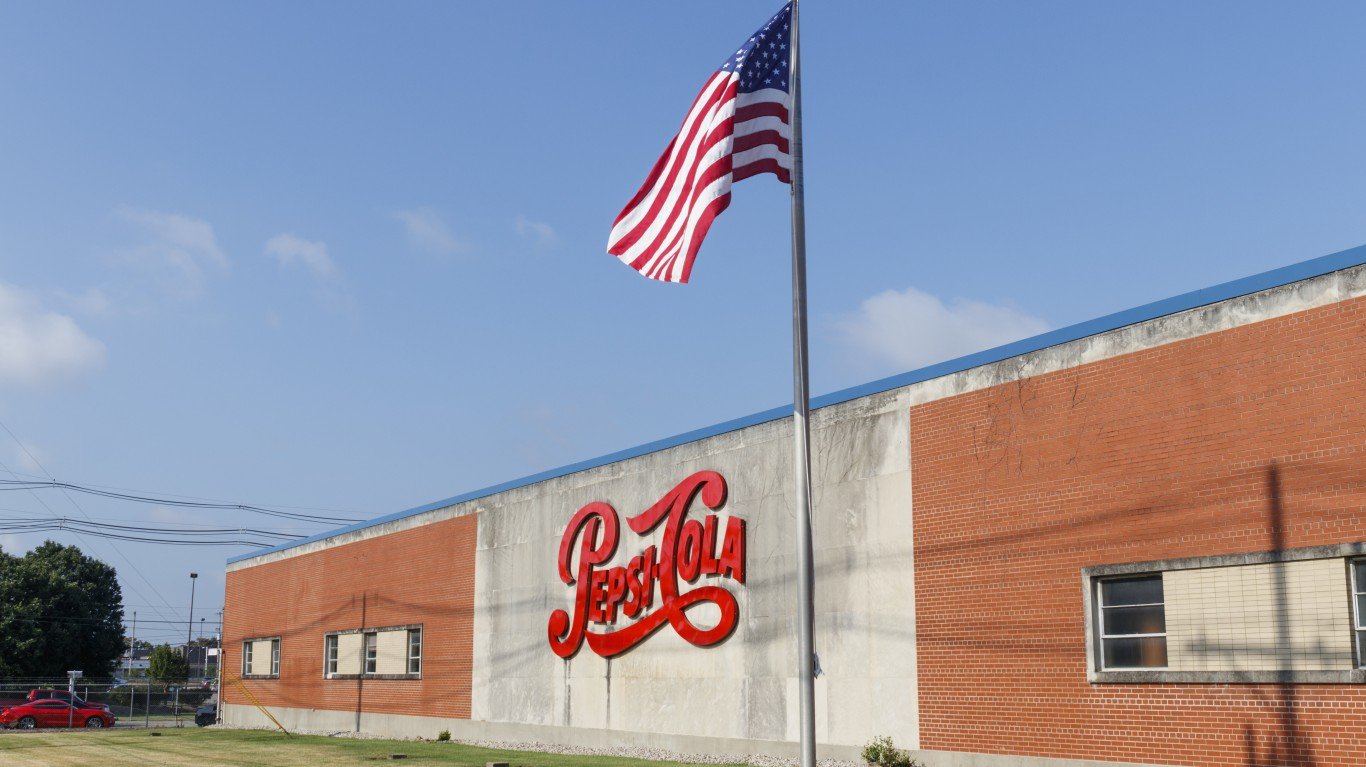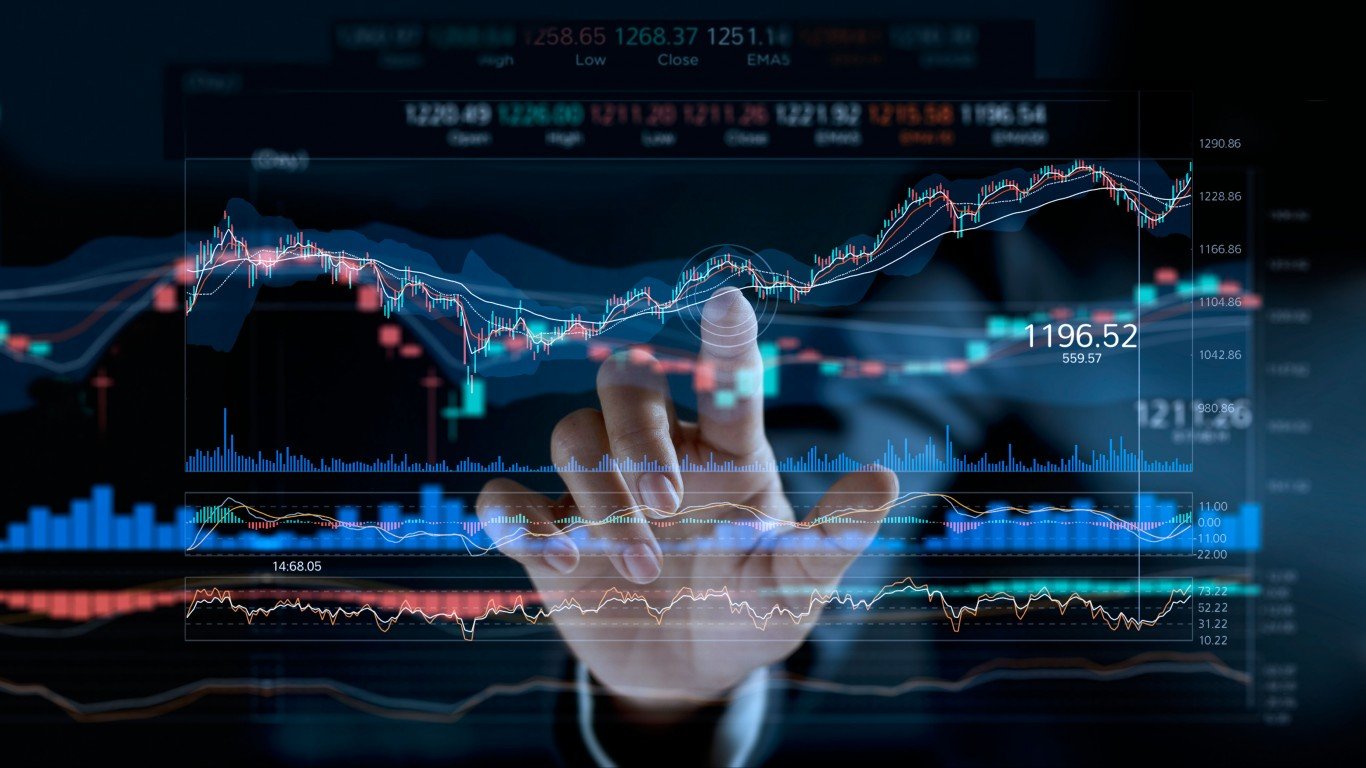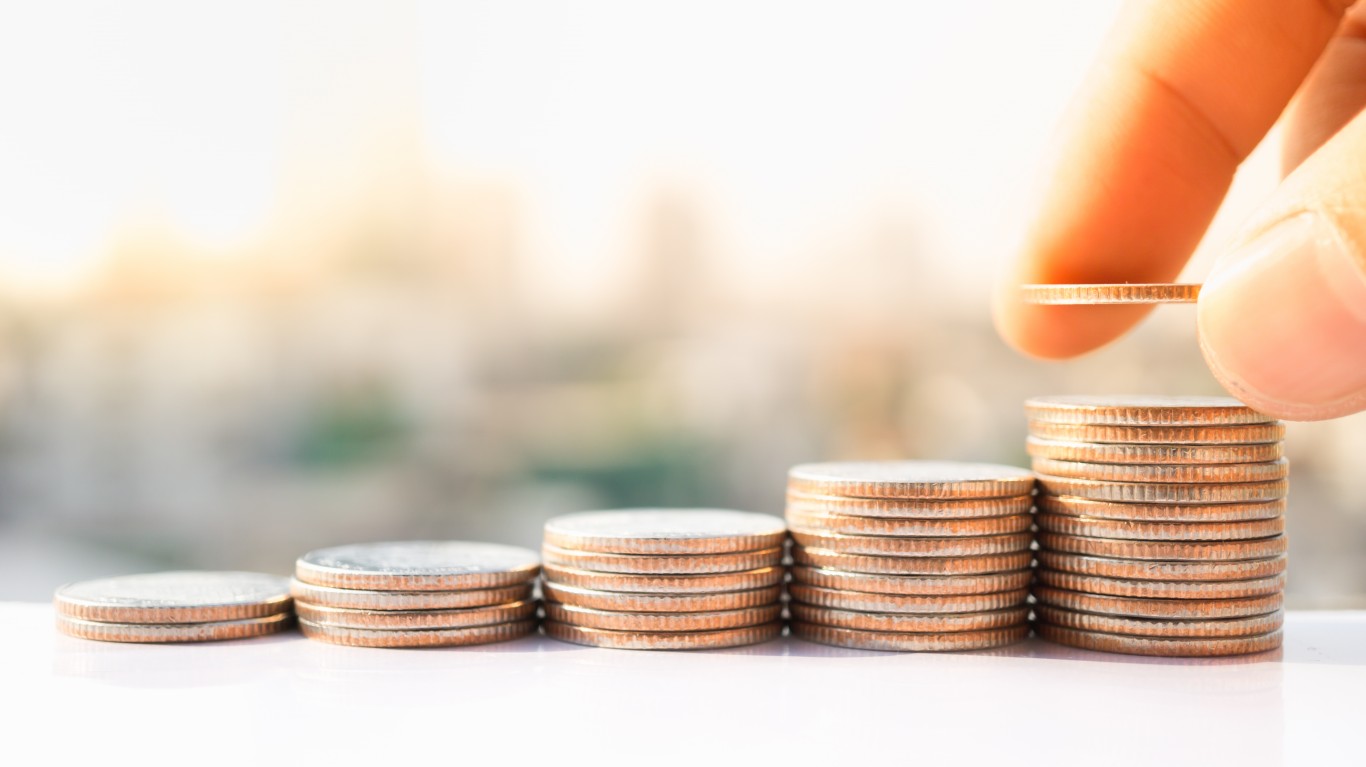

A key component of income investing is a portfolio that includes safe dividends, those that are unlikely to shrink or disappear. Recognizing when a dividend is stable and safe can be a challenge. Yet, certain metrics can offer clear signs for the investor looking to establish or shore up such a portfolio. What do these metrics tell us about the quarterly dividend at PepsiCo Inc. (NASDAQ: PEP)?
PepsiCo’s most recent payout was $1.265 a share, and the yield is now about 3%. The next ex-dividend date is expected in early March. The current yield is in the same ballpark as those of competitors Campbell Soup Co. (NYSE: CPB) and Coca-Cola Co. (NYSE: KO). However, it is a little higher than the industry average of about 2.4%.
Dividend Aristocrat?

Other Valuation Metrics

The dividend payout ratio indicates how much of a company’s earnings are paid out as a dividend. It is a sign of how safe a company’s dividend is and how much room it has for future growth. The higher the ratio, the greater the risk. Income investors often look for a dividend payout ratio of less than 60%. PepsiCo’s 81% current dividend payout ratio is well above that benchmark. The industry average is 48%, and PepsiCo’s mean dividend payout ratio over the past decade is 62%.
A look at free cash flow reveals whether the company has the funds required for its payout, as well as for share repurchases or even paying down debt or making acquisitions. Income investors prefer growing free cash flows. At PepsiCo, though the annual figure varies, ranging from about $8.2 billion to $5.6 billion in the past decade, sometimes rising and sometimes falling. That lack of directionality is true for the competitors mentioned above as well.
Return on invested capital is a measure of how well a company allocates its capital to profitable projects or investments. Again, the thing to look for is stability, specifically a double-digit ROIC over many years. PepsiCo’s current ROIC is almost 17%. However, the figure varies here too, from as high as 30% or so to around 10% in the past 10 years. ROIC for both competitors mentioned above is less than at PepsiCo.
Operating margin is a measure of the percentage of revenue a company keeps as operating profit. Here too the preference is for a stable double-digit percentage increase. The current figure is 12% or so, but since 2017 the trend has been for the margin to drift lower. The operating margins at the competitors mentioned above are higher than PepsiCo’s.
A look at sales growth offers a clue to the volatility or cyclical nature of the business. Steady, moderate growth, say 3% to 7%, is ideal. This is the metric where PepsiCo shines. Annual revenue has marched from around $62.8 billion in 2016 to almost $86.4 billion. Revenue growth has not been as steady in that time at Campbell Soup or Coca-Cola.
A company’s net debt-to-capital ratio also can signal whether a dividend may be at risk. Because too much debt can put dividends at risk in hard times, a lower ratio is considered better. A debt-to-capital ratio above 0.6 usually means that a business has significantly more debt than equity. Unfortunately, the ratio at PepsiCo has been above 0.6 since 2015.
Probably the most popular valuation metric is the price-to-earnings (PE) ratio. This indicates whether a stock is expensive or cheap at its current market price, compared to the broader market or to competitors. PepsiCo has a trailing PE ratio of more than 27. That increased from about 11 in 2014 to over 37 last year but now is falling. The forward PE is closer to 20. It also compares with a historical benchmark of 15, as well as the broader market’s current 24 or so. PEs at the mentioned competitors are lower. The industry average is around 18. (See which five blue chip dividend stocks make up 75% of Warren Buffett’s portfolio.)
And finally, the number of shares outstanding is worth a look. When companies buy back their shares, that number shrinks. But secondary offerings of stock and stock compensation can increase that number. Investors tend to prefer a declining total, as that increases their stake over time. For PepsiCo, the number of shares has declined from about 1.6 billion in 2010 to less than 1.4 billion. The company announced in 2022 a share buyback program providing for the repurchase of up to $10 billion of common stock through February of 2026.
Summary

| Dividend Aristocrat | ✔ |
| Dividend payout ratio | 🗙 |
| Free cash flow | 🗙 |
| Return on invested capital | 🗙 |
| Operating margin | 🗙 |
| Sales growth | ✔ |
| Net debt-to-capital ratio | 🗙 |
| PE ratio | 🗙 |
| Shares outstanding | ✔ |
While the sales growth is solid, PepsiCo’s dividend payout ratio has ballooned and may not always be supported by sufficient free cash flow. And debt could become a problem in a recession.
The company’s status as a Dividend King should be reassuring for income investors, but PepsiCo seems to have some work to do if it is to retain that status.
Smart Investors Are Quietly Loading Up on These “Dividend Legends” (Sponsored)
If you want your portfolio to pay you cash like clockwork, it’s time to stop blindly following conventional wisdom like relying on Dividend Aristocrats. There’s a better option, and we want to show you. We’re offering a brand-new report on 2 stocks we believe offer the rare combination of a high dividend yield and significant stock appreciation upside. If you’re tired of feeling one step behind in this market, this free report is a must-read for you.
Click here to download your FREE copy of “2 Dividend Legends to Hold Forever” and start improving your portfolio today.
Thank you for reading! Have some feedback for us?
Contact the 24/7 Wall St. editorial team.



